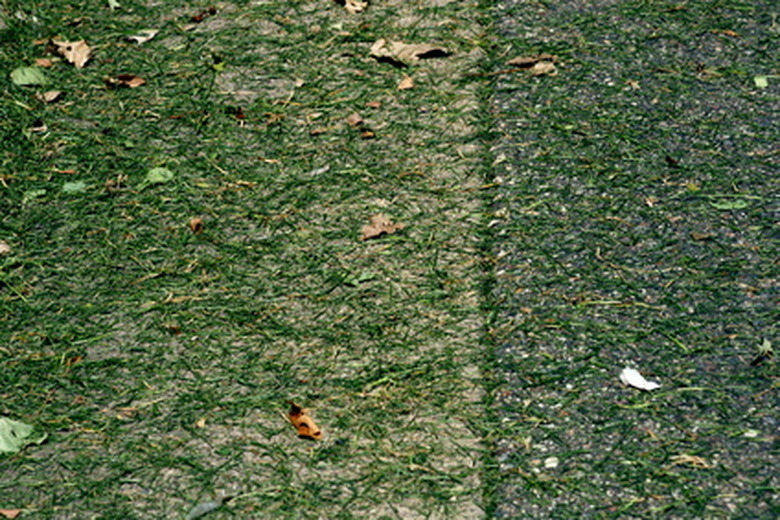How To Plant Grass Seeds In Texas
Things Needed
- Grass seed
- Lawnmower
- Small rake
- Topsoil
- Grass seed accelerator
- Water
A lush, thick lawn provides a strong first impression to guests visiting your home. Grass seed is easy to sow and grow, but Texas gardeners must choose the right grass for their hot summers in order to maintain a thick green lawn. Many types of grass grow well in Texas, though some are better suited to northern Texas and others to the hotter southern region. In Texas, plant grass seed in the spring or the fall. Do not plant in summer, since it's too hot then.
Step 1
Select a grass seed that performs well in Texas and will work for your lawn needs. Texas A & M University recommends Bermuda, Buffalo, Carpet, Centipede, Tall Fescue, Zoysia or St. Augustine grass varieties. All About Lawns notes that St. Augustine grass cannot withstand much activity, and that Bermuda grass dislikes shade.
- A lush, thick lawn provides a strong first impression to guests visiting your home.
- Grass seed is easy to sow and grow, but Texas gardeners must choose the right grass for their hot summers in order to maintain a thick green lawn.
Step 2
Walk around your lawn removing any objects such as rocks, sticks and garden furniture that will get in the way of grass seeding. Note any bare patches.
Step 3
Mow your lawn with a lawnmower to make the existing grass as short as possible. This will help the new grass take over.
Step 4
Rake the soil on bare patchy spots to loosen the top 1/4 inch. Use a small hand rake.
Step 5
Add topsoil to even out the grade on your lawn if necessary. Fill in low spots by adding soil with a small shovel, then smoothing it out to match the soil level nearby.
- Walk around your lawn removing any objects such as rocks, sticks and garden furniture that will get in the way of grass seeding.
- Mow your lawn with a lawnmower to make the existing grass as short as possible.
Step 6
Sow grass seed by hand or using a mechanical spreader. Greenview Fertilizer recommends using 16 seeds per square inch.
Step 7
Cover the grass seed with a grass seed accelerator. This holds the seeds in place and provides nutrients.
Step 8
Water the newly planted grass seed until the soil becomes moist, but not wet. Water once a day (or more often, to keep the soil moist) until the grass shoots become 2 inches tall.
